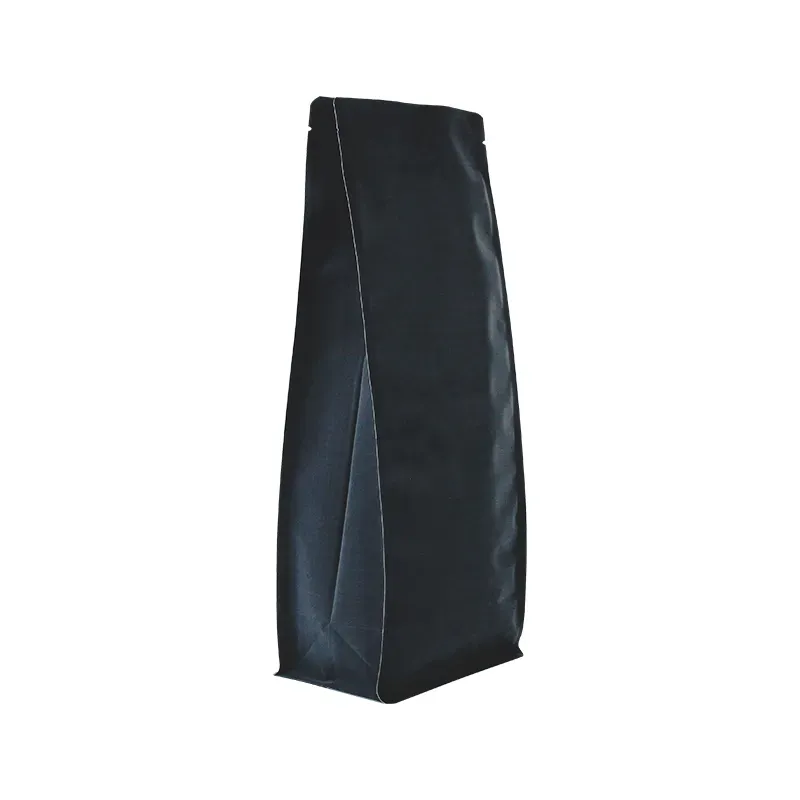- Afrikaans
- Albanian
- Amharic
- Arabic
- Armenian
- Azerbaijani
- Basque
- Belarusian
- Bengali
- Bosnian
- Bulgarian
- Catalan
- Cebuano
- chinese_simplified
- chinese_traditional
- Corsican
- Croatian
- Czech
- Danish
- Dutch
- English
- Esperanto
- Estonian
- Finnish
- French
- Frisian
- Galician
- Georgian
- German
- Greek
- Gujarati
- haitian_creole
- hausa
- hawaiian
- Hebrew
- Hindi
- Miao
- Hungarian
- Icelandic
- igbo
- Indonesian
- irish
- Italian
- Japanese
- Javanese
- Kannada
- kazakh
- Khmer
- Rwandese
- Korean
- Kurdish
- Kyrgyz
- Lao
- Latin
- Latvian
- Lithuanian
- Luxembourgish
- Macedonian
- Malgashi
- Malay
- Malayalam
- Maltese
- Maori
- Marathi
- Mongolian
- Myanmar
- Nepali
- Norwegian
- Norwegian
- Occitan
- Pashto
- Persian
- Polish
- Portuguese
- Punjabi
- Romanian
- Russian
- Samoan
- scottish-gaelic
- Serbian
- Sesotho
- Shona
- Sindhi
- Sinhala
- Slovak
- Slovenian
- Somali
- Spanish
- Sundanese
- Swahili
- Swedish
- Tagalog
- Tajik
- Tamil
- Tatar
- Telugu
- Thai
- Turkish
- Turkmen
- Ukrainian
- Urdu
- Uighur
- Uzbek
- Vietnamese
- Welsh
- Bantu
- Yiddish
- Yoruba
- Zulu
Optimizing Box Lifts for Enhanced Performance and Safety in Handling Operations
Understanding Box Lift Techniques, Benefits, and Safety
Box lifting, a fundamental movement in various physical activities, has gained popularity in fitness training, sports, and occupational contexts. Whether it’s lifting boxes during a move, in warehouse settings, or as part of weight training, understanding the proper techniques and benefits associated with box lifting is crucial for safety and efficiency.
The Importance of Proper Technique
Proper box lifting technique starts with an understanding of body mechanics. The most common mistake people make is bending at the waist, which places undue stress on the lower back. Instead, it is vital to keep your back straight and engage your core muscles. Here are some essential steps to follow
1. Assess the Load Before you attempt to lift a box, check its weight. If it feels too heavy, consider asking for help or using a dolly.
2. Position Yourself Correctly Stand close to the box with your feet shoulder-width apart. This stance provides a stable base and helps you maintain balance.
3. Bend Your Knees Lower your body by bending at the knees and hips, not the waist. This decreases the strain on your back.
4. Use a Firm Grip Securely grasp the box with both hands. The grip should be firm, but not so tight that it leads to fatigue.
5. Lift with Your Legs As you stand, push through your legs while keeping the box close to your body. This way, your legs, which are much stronger than your back, are doing the majority of the work.
6. Avoid Twisting Once you’ve lifted the box, turn your entire body by moving your feet rather than twisting your torso. Twisting can lead to injuries, especially when lifting heavy loads.
7. Set Down Carefully When placing the box down, reverse the process of lifting. Bend your knees and lower the box while keeping your back straight.
Benefits of Box Lifting
box lift

Incorporating box lifting into your routine offers several benefits beyond simply moving items from one place to another. It promotes strength training, cardiovascular fitness, and core stability. Here are some specific advantages
- Strength Development Box lifting engages multiple muscle groups, including the legs, back, and core. Consistently practicing the technique can enhance overall strength and muscle tone.
- Functional Fitness The motions involved in lifting boxes mimic everyday activities, which helps improve functional fitness. This means you’ll find everyday tasks, such as lifting groceries or furniture, easier to perform.
- Increased Core Stability Engaging your core while lifting is crucial for maintaining balance and posture. A strong core contributes to better athletic performance and reduces the risk of injuries.
Safety Considerations
Safety is paramount when it comes to box lifting. It’s essential to be aware of your body’s limits and to listen to it. Here are some additional safety tips
- Warm-Up Before lifting, engage in a warm-up routine to prepare your muscles and joints. This can include stretching and light aerobic exercises.
- Use Equipment When Necessary For particularly heavy items, consider using lifting aids like dollies, forklifts, or even asking coworkers for assistance.
- Stay Hydrated Physical exertion can lead to dehydration, especially if performed in hot conditions. Drink water before, during, and after lifting activities.
- Rest Take breaks between lifting heavy objects to prevent fatigue and reduce the risk of injury.
In conclusion, mastering the art of box lifting is not only about moving boxes efficiently but also about embracing a more active and functional lifestyle. With the right techniques, benefits, and safety measures in mind, anyone can become proficient in box lifting, enhancing both physical fitness and daily living.













